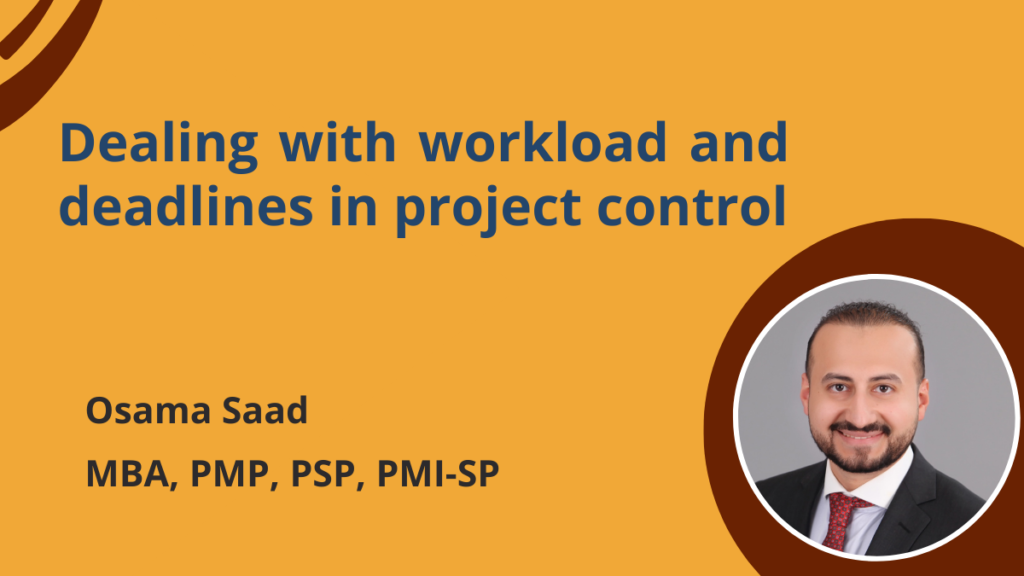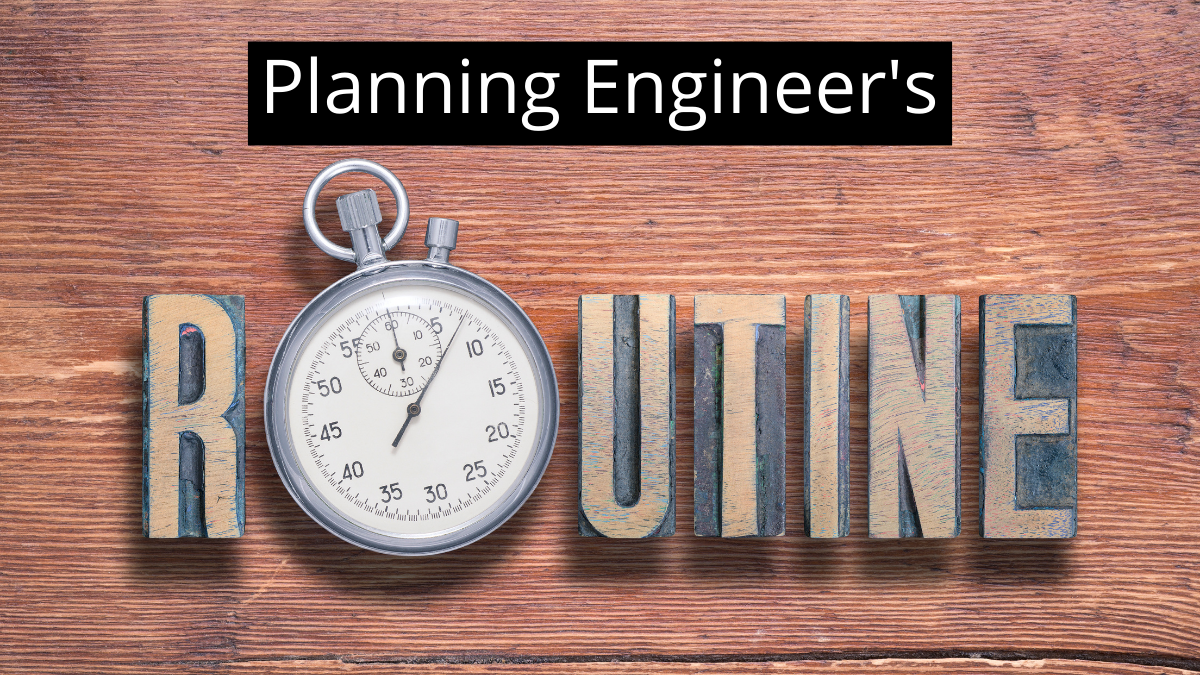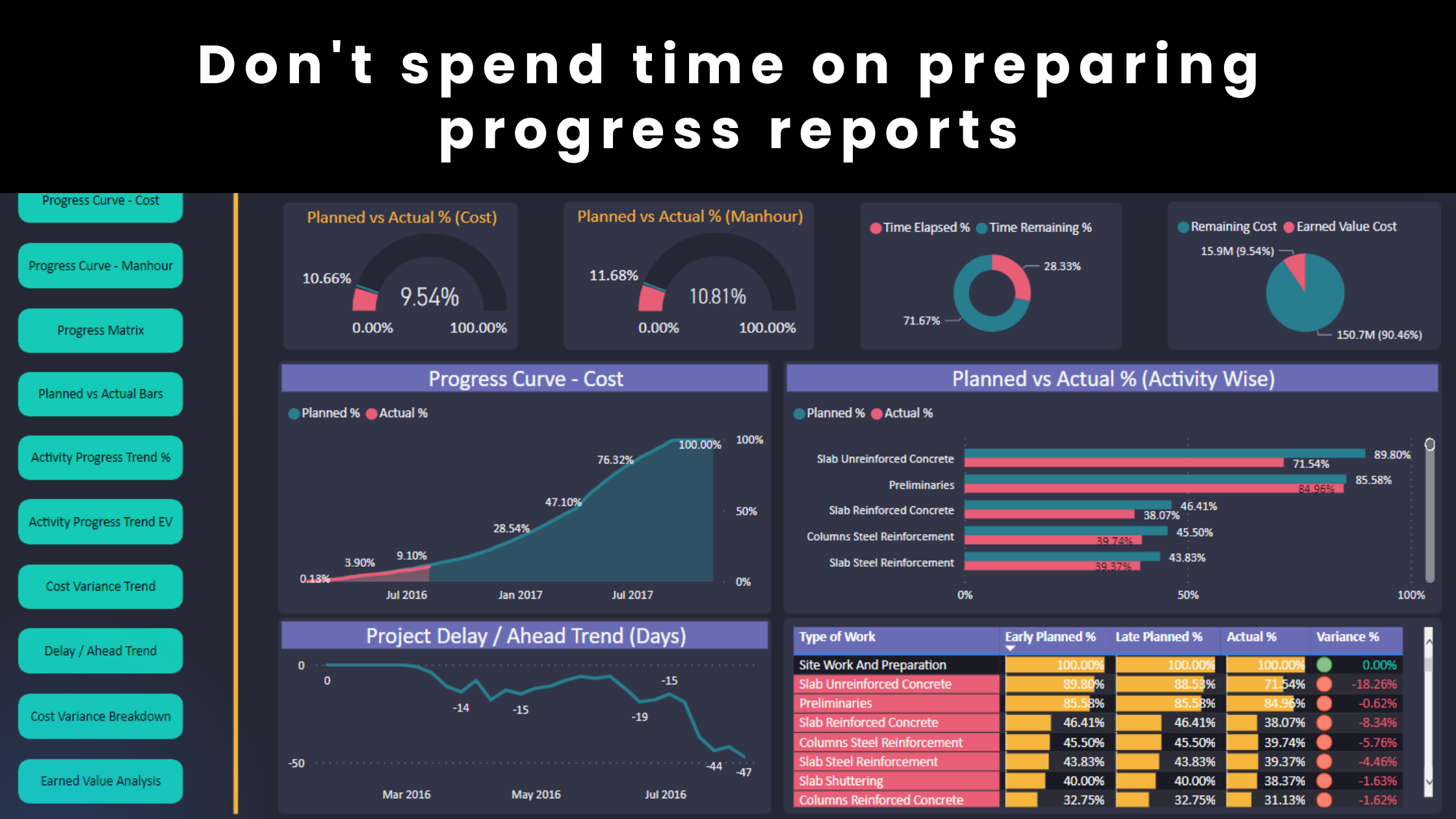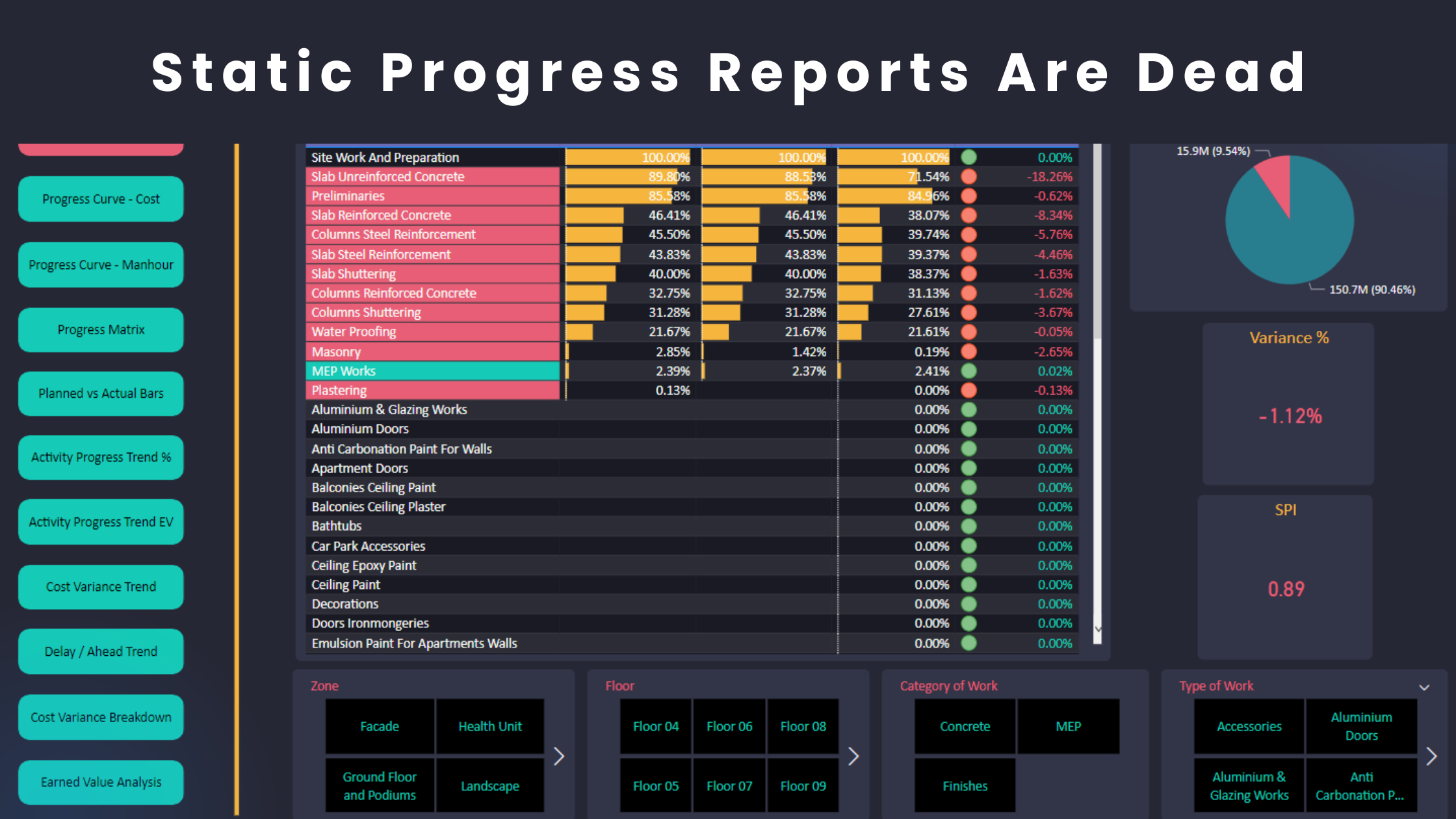Many planning engineers complain about the workload and deadlines. They really wish to deliver more value to their projects but they fail to do so. They have the required expertise, knowledge and ambition but there are challenges that prevent them from reaching their potential. In this article, I will explain some of these challenges and how to overcome them.
The first area that contributes to a significant workload is progress reporting. Planning engineers are required to plan, monitor and report the progress of different project aspects which include construction, engineering, procurement and authorities. Moreover, the process requires dealing with multiple communication channels that include the site team, head office management, subcontractors and local and international suppliers. That’s a lot of work. I understand the pain and frustration because I have been there myself. Despite these challenges, there are amazing career opportunities. Because the market will naturally filter the huge pool of planning engineers and reward those who have the knowledge and tools to manage such a huge workload and still add significant value. Utilizing your limited time, applying smart leverage and delivering value will help you rise and thrive in today’s highly competitive project control market.
Many planning engineers aim to fulfill such requirements manually which is not a feasible option for the human brain. No planning engineer has enough time and effort in a day to do all of the above. In fact, the best planning engineers will barely get the job done and won’t be able to do any other work. Why? Because there is a huge misconception in the project control industry which made us conditioned to believe that progress report preparation is the ultimate and main deliverable that is expected from planning engineers. However, planning engineers are expected to do a lot more work to deliver value.
Another area that requires more of the planning engineers’ time and is meetings. Not only should planning engineers prepare progress presentations for meetings but also initiate meetings. As planning engineers are the first ones who can identify progress issues, they should plan and manage meetings with relevant stakeholders. However, meetings require a lot of work which includes preparing and formatting the slides. Planning engineers will need to extract and analyze relevant information to clearly present the issue and the associated solutions.
In my opinion, planning engineers should build their machines and design an effective workflow. They should spend most of their time performing analyses inside their operation center. The term “Project Control” implies that you should control the project and not be controlled by the overwhelming amount of its requirements. Planning engineers should come from a place of strength and create their products using multiple control panels that are designed for different purposes. However, planning Engineers have always felt the burden of “reacting” to the project requirements which include:
- Report submission before the deadline.
- Preparing dashboards and presentations for progress meetings.
- Preparing ad-hoc reports and answering questions whenever requested by the team and management.

Most planning engineers are in the “reaction” mode. They should rather be in the “action” mode where they can analyze the progress status quickly, prepare the necessary recovery measures and help the project move forward. The only way to do so is to utilize your limited time towards executing high-impact activities such as progress analysis instead of low-impact activities such as report formatting. The idea is to create systems and automate as many tasks as possible. You are literally competing with thousands of people for the same vacancy. I have realized that hiring managers have become more interested in candidates who have the potential to add value rather than just preparing a report. It is really up to you which tools you can use to create such systems but one of my favourites is Power BI which is of the best data analytics processors.
Power BI helps planning engineers do the following:
- Complete progress reports in seconds.
- Analyze any area in the project with a click of a button.
- Have all planning work in one location under one layout using one tool.
- Ensure the accuracy of progress reports without the constant checking of excel formulas.
- Create systems and complete project control tasks on auto-pilot.
- Create themes that save a lot of time on report formatting.
- Impress stakeholders and build a powerful brand in front of management and clients.
- Provide massive value to the team toward project success.
- Code your reporting tasks and workflow so you don’t reinvent the wheel every time you prepare a report.
- Execute most of the planning work using a free Power BI service.
- Get shortlisted for vacancies by showing unique skills that very few planners have in the market.
- Have all the answers in a progress meeting immediately on the spot.
- Do all of the above using a FREE software service.
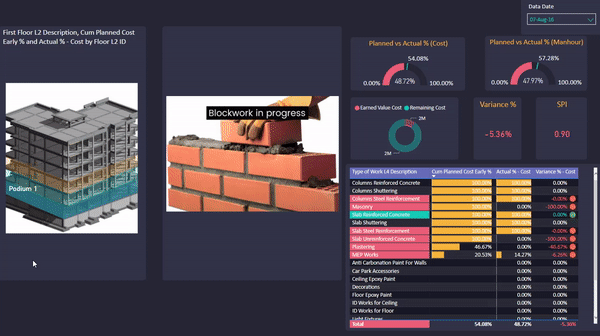
To sum up, planning engineers should not spend most of their time preparing reports and meeting deadlines. We need to focus more on analysis, providing feedback, communicating recovery measures, highlighting potential delays before they occur, inviting subcontractors to meetings and discussing the possible recovery actions. At the same time, planning engineers need to find ways to automate delays identification, presentation preparation, report preparation and formatting. This leverage gives you the time, space, clarity and energy that you need to focus on the things that matter the most and add more value.
Regards,
Osama Saad, MBA, PMP, PSP, PMI-SP
